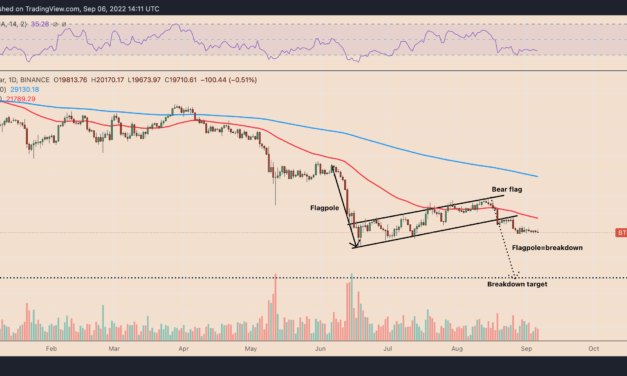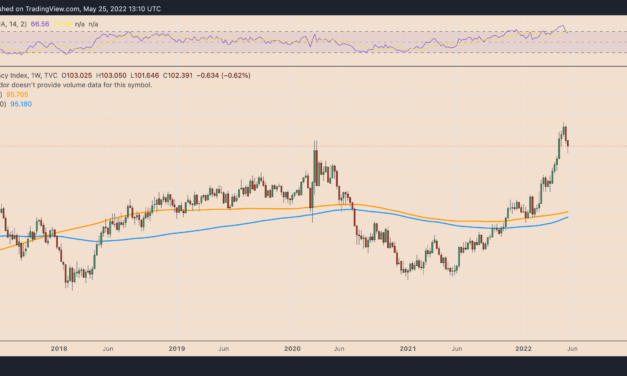Tim Draper recommends founders hold 'at least' two payrolls 'worth of cash' in crypto
American venture capital investor Tim Draper warned business founders to prepare for “more and more” bank failures if the government continues to “print money and whipsaw interest rates.”
Čítaj viac












